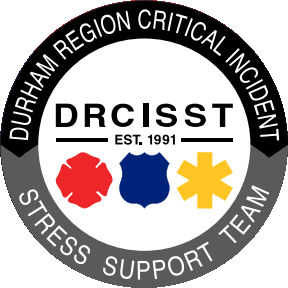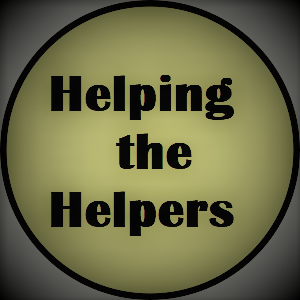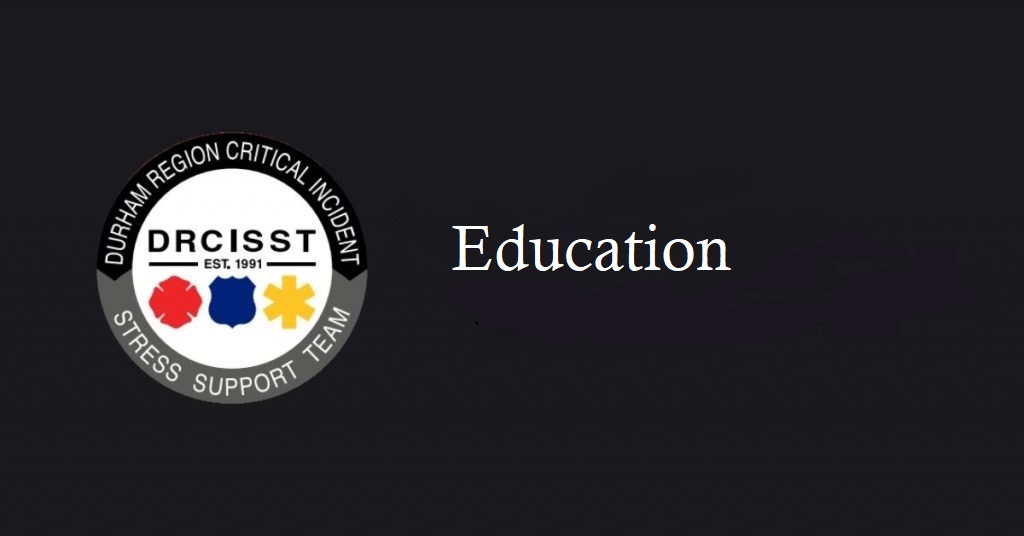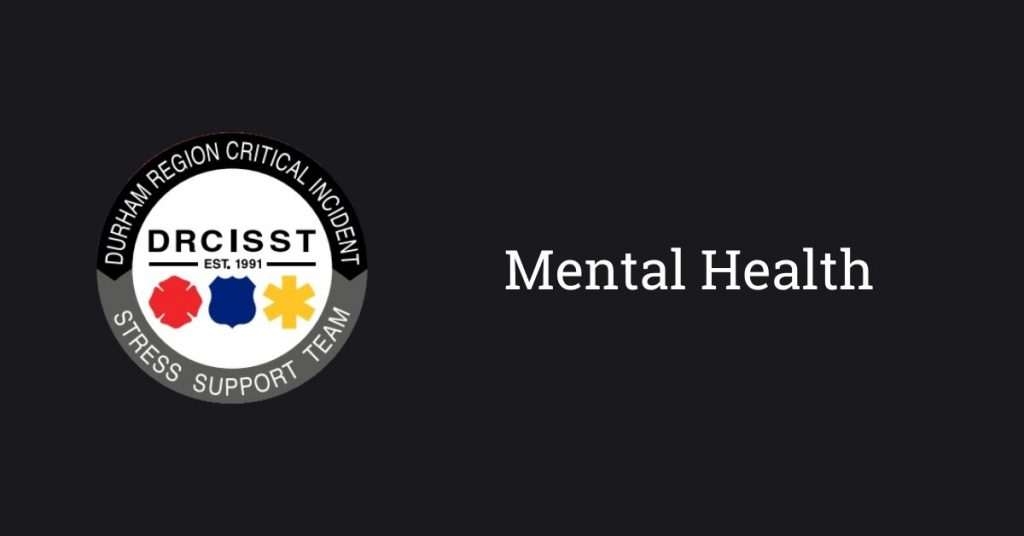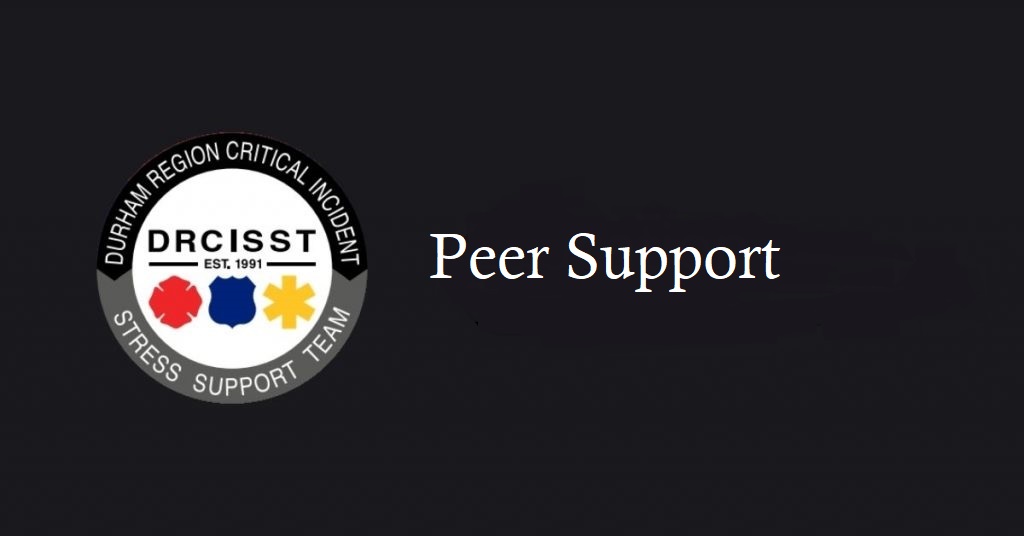- There will be a 3 person backup to the 1st and 2nd on-call coordinators –
The goal of the backup system is to prevent switchboard from getting stuck in a loop of trying to reach #1 or 2.
Swb will be asked to contact backup 1, then 2, then 3 – (each) after the 20min. of trying for their predecessors.
The aim of the backups is to reach and activate co-ordinator 1 or 2 – there may be an unusual occasion when the backup needs to become the co-ordinator for a DRCISST response that needs to be immediate (within 1-12hours).
When the backups are activated it will be useful to try to problem-solve what happened and how do we prevent this problem from happening again…
- Often the caller will try to prescribe what and when an intervention will happen. Remember you’ve got the knowledge about what is needed after you gather the information from the caller. You need to muster people and until you’ve got personnel ready to respond, you won’t precisely be able to tell the caller about the specifics of ‘when’.
- Having a separate file folder with updated contact lists, co-ordinator p & p’s, forms is useful.
- Coordinators may use a group text outreach in the future, once all team members confirm their phone numbers for texting and emails that can be phone-received. This may be a time-saver for all. There will likely always be a need for additional data emails and phone calls when there is more planning time. The text outreach may be very helpful for immediate peer supports and defuse needs.
- An update to our responders as comprehensive and full of facts as possible helps build our best responses. This gets augmented by sharing responder knowledge and circulating amongst the folks who arrive for an intervention.
- We have agreed that for debriefs, we will invite as many of the personnel involved as we can. There is an email template for the personnel invitation that will be added to this guideline.
- Often the caller will tell you and suggest the best timing – when we’re working to schedule a debrief. It is still the recommendation that the most effective debrief will be held 24-72hours post event.
- It is the team leader’s responsibility to take it from there – mobilize the kit, make group transportation plans if they’re going a distance, ensure that the pre-group functions are completed, follow-ups are introduced as part of the group process and the post-intervention meeting are all completed.
- Sometimes and ideally this is not frequent, the co-ordinator becomes a responding team member. This means that swb. and your backup need to know via a phone call in advance, when you’re going off-call and when you’re back – and they deserve a reminder who is then covering (as does that backup person.)
- The Senior Coordinator person is the most frequent elective link with swb.
This person develops the draft 6 month on-call rotation in collaboration with all
Coordinators colleagues and makes most schedule changes with swb when there’s time. Last minute changes are the responsibility of the Coordinator to let swb know by phone and the rest of the Coordinators / backup team know by email. The senior Coordinators will usually spearhead the organization of problem-solving meetings and orientation for new folks. All team members will benefit when this role is shared among the team members – perhaps a 2 year rotation next up in the fall.
Page 3 of 3
Example of a debrief/ defuse email invitation:
Hello,
I am inviting you to a Critical Incident Stress Support Team debrief that has been requested following ……………………..on ……………………………..
The debrief will be held at ………………………………….. on …………………………. at ………… hours in the ………………………..
Critical Incident Stress Management debriefs are a psychological first aid strategy developed for emergency service personnel who attend unique and/or stressful events. They are a structured educational process – not an operational one — and usually go about 90 minutes long depending on the number of participants. Debriefs are facilitated by trained Parks and Recreational peers and supported by mental health professionals. More importantly, debriefs help all to recognize normal reactions of normal people to abnormal events. It is the most helpful when emergency personnel and involved communicators attend a debrief together. Everyone can contribute to each other’s improved stress management. This isn’t a question of “I’m OK” but rather an opportunity for education and everyone’s improved
mental health. No formal attendance is recorded; your presence does make a difference to your colleagues in attendance.
The Durham Region Critical Incident Stress Support team is extending this invitation out to all member involved in this particular call. If I have left someone out of the invitation list who you believe should be involved, please take a moment and let me know.
Please get back to me to confirm your attendance so I can ensure we have the right amount of team members. (Not a requirement to attend, just helps me administratively).
___ ____
Durham Region Critical Incident Stress Support Team
Tele: xxx xxx xxxx
